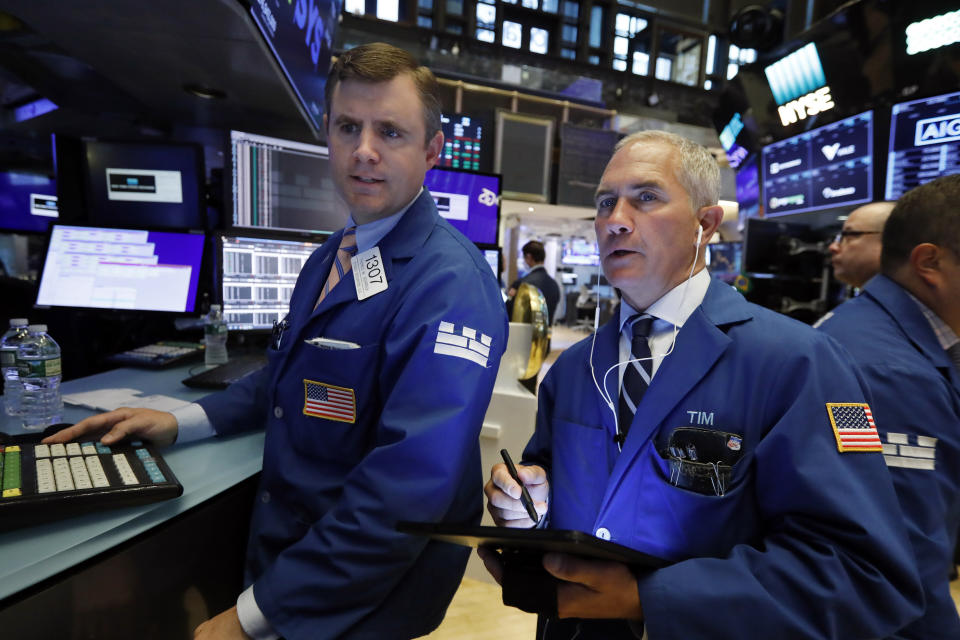'Be a buyer when others are in full-on fear mode': Wall Street reacts to another market selloff
The stock and bond markets continue to react to trade headlines.
The latest wrinkle in the trade war surrounds reports that China could limit exports of its rare minerals as retaliation for U.S.-imposed tariffs.
“China controls about 71% of global production of rare earths and 37% of global reserves in 2018 according to the United States Geological Survey,” wrote Citi analysts in a note to clients. “Severe Chinese export restrictions could impose adverse consequences in U.S.’s production of electronic goods, with no obvious quick substitutes of similar scale.”
The trade escalations first heated up on May 5, when President Trump tweeted about raising tariffs against China. That sent the market lower, but the S&P 500 (^GSPC) was still able to stay about 2,800 — until Tuesday, when the S&P 500 moved below 2,800, nearing 2,778, for the first time since late March. That’s a far cry from its intraday record high of 2,954 on May 1. What a difference a few weeks makes.
Plus, the trade tensions sent investors into safe-havens like U.S. Treasuries. That sent yields lower and pushed the yield curve to inversion, which historically causes a recession by giving banks less of a financial incentive to lend. The 3-month Treasury bill now yields more than the 10-year Treasury.

Here’s what Wall Street experts are saying about the past few hours of market activity:
“If all we hear about is more negative speculation over trade, recession fears, an inverting yield curve and weakening economic data, then we can expect more weakness. If we breach those key technical levels (S&P 2,776), then do not be surprised to see a wave of selling wash over the markets. But here again is the opportunity for the active manager and the active investor – remember do not make emotional investing decisions – let it play out before jumping all in. It’s all about the long term plan and not the short term noise.” — Kenny Polcari, Managing Principal at Butcher Joseph Asset Management
“The market’s anxiety, like nature, abhors a vacuum. There is really no new news on U.S.-China trade. We are stuck in a wait-and-see, headline-driven market right now, that acts like the worst case scenario needs to be priced in. That is historically the wrong time to be a seller. The saber rattling is hitting a crescendo, as we wait to see if there will be a meeting between Presidents Trump and Xi at the G20 meetings towards the end of June. We are currently off about 5% from an all-time high, in a five-week timeframe. It is likely a good time to take a deep breath, make a list of the quality companies that have been tossed over the transom, like the baby out with the bath water, and be a buyer when others are in full on fear mode.” — Art Hogan, chief market strategist, National Securities
“We see a switch to less risky assets as the rhetoric around trade heats up. One of the things that we may be witnessing is “tariff exhaustion” — as the tariff news continues and people look for some yield, rather than risk their money on stocks that may have a more uncertain outcome depending on where negotiations end up.”- JJ Kinahan, chief market strategist, TD Ameritrade
Scott Gamm is a reporter at Yahoo Finance. Follow him on Twitter @ScottGamm.
More from Scott:
What the plunging 10-year Treasury yield says about the economy and stock market
Why one top strategist is bullish on tech even with lingering trade worries
Follow Yahoo Finance on Twitter, Facebook, Instagram, Flipboard, LinkedIn, and reddit.


